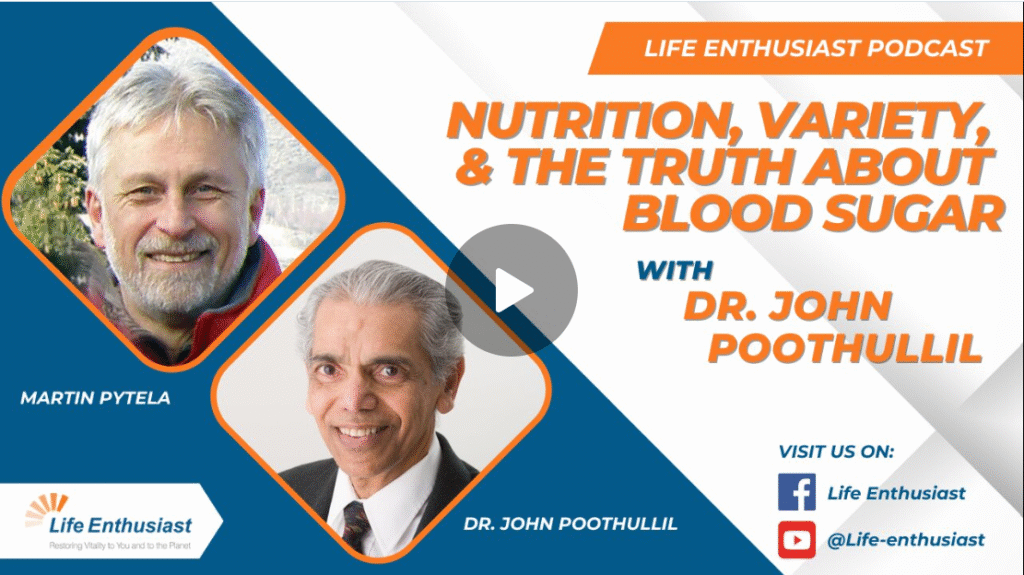This week I will be focusing on anxiety. Watch this short video and read more below.
According to the Anxiety & Depression Association, anxiety disorders are the most common mental illness in the U.S., affecting 40 million adults (19.1% of the population) age 18 and older every year. The United States Preventive Services TASK FORCE recommended in September 2022 that all adults younger than 65 should receive screening for anxiety disorders, because of the finding that the lifetime prevalence of anxiety disorders is 26 percent for men and 40 percent for women.
Anxiety is a normal reaction to stressful situations that everyone experiences. However, some people are burdened with anxiety that interferes with one’s ability to work, socialize or otherwise function in society. I believe that anxiety of that intensity represents the imperfect installation of the processing software in the brain during early childhood, between the ages of six to twelve, because of the influence of stress. If the programming is happening in a stressful environment, the child would be more inclined to feel anxiety after sensing a negative mood of the person she/he is interacting with. Depending on the intensity of disapproval the child perceived from the facial reading or other non-verbal communications, the child may not be able to comprehend the full meaning of instructions given verbally or otherwise. As a result, depending on the stress level, the programming software installed in the child’s brain could lead to feeling more anxiety than necessary related to day-to-day events in later life.
Let me explain.
The brain grows rapidly during the first five years, reaching 90% of its adult size. After that, slow growth continues until the mid to late twenties. During this time the brain is actively connecting billions of nerve cells into specific, coherent programming units by designating synapses to define transmission pathways. Programs related to food intake, protection from elements and injuries, and emotional needs are established in an activity-dependent manner, based on inputs from special senses that are also developing as the child grows. Starting around 6 years of age, the child, trying to establish self-identity, will look for verbal and non-verbal communication from parents and caregivers to determine the boundaries of behavior possible. The child will be keenly aware of facial expressions, specifically, approval, appreciation, or happiness on the positive side and disapproval, displeasure or anger on the negative side.
In susceptible children the degree of defective programming established under stressful circumstances could last a lifetime, leading to repeated episodes of anxiety and even depression. The important thing to remember is that there are many treatment modalities available to help those who experience anxiety-related difficulties to deal with life events.
The best way to prevent the development of an anxiety-prone child is for the child to grow up in an environment of love, support, and encouragement. However, be careful in your own exhibition of anxiety. For example, when the child is going to school or over-protecting the child from difficult situations it prevents the child from developing coping mechanisms. Finally, create a home environment with rules that are applied on a consistent basis.

Your Health Is at Risk
In 2020, there were over 122 million people in the U.S. diagnosed with elevated blood glucose, 34 million with the diagnosis of Type 2 diabetes, and 88 million diagnosed with prediabetes, yet their hope for healthy living is thwarted by medical dogma, disinformation, misinformation, and missing information.
Disinformation, Misinformation, and Missing Information, which is abbreviated “DMMI”, fuels growing health illiteracy and unhealthy lifestyle choices. This drives not only increases in Type 2 diabetes but also cancer, cardiovascular diseases, COVID-19, and other illnesses considered lifestyle diseases.
As described in my 5th book, Your Health Is at Risk, a literate person in today’s world is aware that the traditional media and social media are swarming with intentional disinformation about many topics, from politics to finances, to health advice and diet plans. Literacy, critical thinking, and a tolerance for reading scientific material are absolutely necessary to detect such disinformation.

Your Health Is at Risk
In 2020, there were over 122 million people in the U.S. diagnosed with elevated blood glucose, 34 million with the diagnosis of Type 2 diabetes, and 88 million diagnosed with prediabetes, yet their hope for healthy living is thwarted by medical dogma, disinformation, misinformation, and missing information.
Disinformation, Misinformation, and Missing Information, which is abbreviated “DMMI”, fuels growing health illiteracy and unhealthy lifestyle choices. This drives not only increases in Type 2 diabetes but also cancer, cardiovascular diseases, COVID-19, and other illnesses considered lifestyle diseases.
As described in my 5th book, Your Health Is at Risk, a literate person in today’s world is aware that the traditional media and social media are swarming with intentional disinformation about many topics, from politics to finances, to health advice and diet plans. Literacy, critical thinking, and a tolerance for reading scientific material are absolutely necessary to detect such disinformation.


